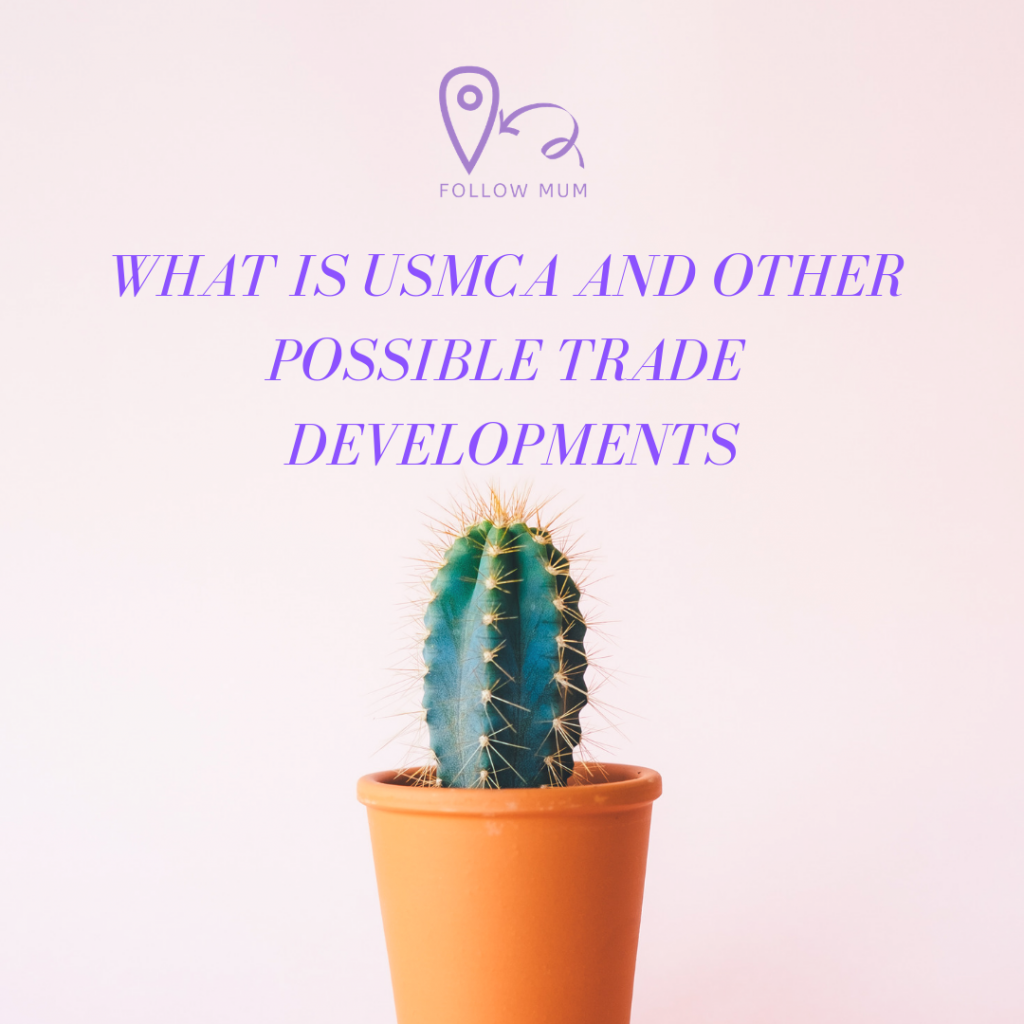

The Congress in 2019 is expected to have in consideration the new U.S.–Mexico–Canada Agreement (USMCA), designed to modernize and replace the former 1994 North American Free Trade Agreement (NAFTA). It is noted in “Outlook for 116th Congress” (page 16). Today, the prospect has colors in line with the competing priorities: on the other side, there are demands for changes in the agreement between the members of the congress, on one hand the administration should provide a six-month notice of U.S. withdrawal from the NAFTA. This should effectively present congress and make them choose between USMCA and nothing.
The USMCA has several positive provisions to give to the electro-industry but it contains elements that may probably lessen the opportunities for having cross-boarder trade possible and also with the investment. Now, NEMA works with other company members to make sure that congress understands the importance of trade agreement that exists now in electrical manufacturing plants in North America.
The members of NEMA who were responsible for the importation of 82 types of Chinese – these items are subjected to additional tariffs were reprimanded from the planned increase in tariff starting January 1 from 10% to 255. Whilst the differences between the two countries were never resolved in terms of trade, industrial, or intellectual property policy during the meeting last December, the members of the congress agreed to lay-off the plans for further restriction in trade measures. This includes the tariff costa and the 90-day period for further evaluations.
NEMA gave the Office of the U.S. Trade Representative (USTR) on advices about the priorities that should be made between the trade agreement negotiations between Japan and European Union. The USTR Robert Lighthizer notified the congress last October 2018 about the President’s intent to have new trade negotiations between these countries: Japan, EU, and the United Kingdom. NEMA called in for possible trade agreements with the highest possible standard that builds on trade liberalization that was achieved in previous agreements. In ensuring that U.S. electro-industry exporters should gain another new market for different possibilities.
In November 2018, a newspaper was published and managed by the World Trade Organization that mentioned numerous potential benefits for international government and traders involved in distributed ledger technology, commonly known as blockchain. This paper does include the primary value and presentation of block chain in line with the potential cost reductions that are linked to digitalization.
The possible prospects for this trade agreement that happened between the U.S. and the United Kingdom are receded in late 2018, shortly after the trade representative from U.S. gave notification ot the congress last October about the government’s intention about initiation of negotiations. This all happened under a deal happened last November about UK’s planned withdrawal from the European Union composed of 28 members last March 29, 2019. This trade agreement with the U.S. will not take effect until 2022 or 2023.
